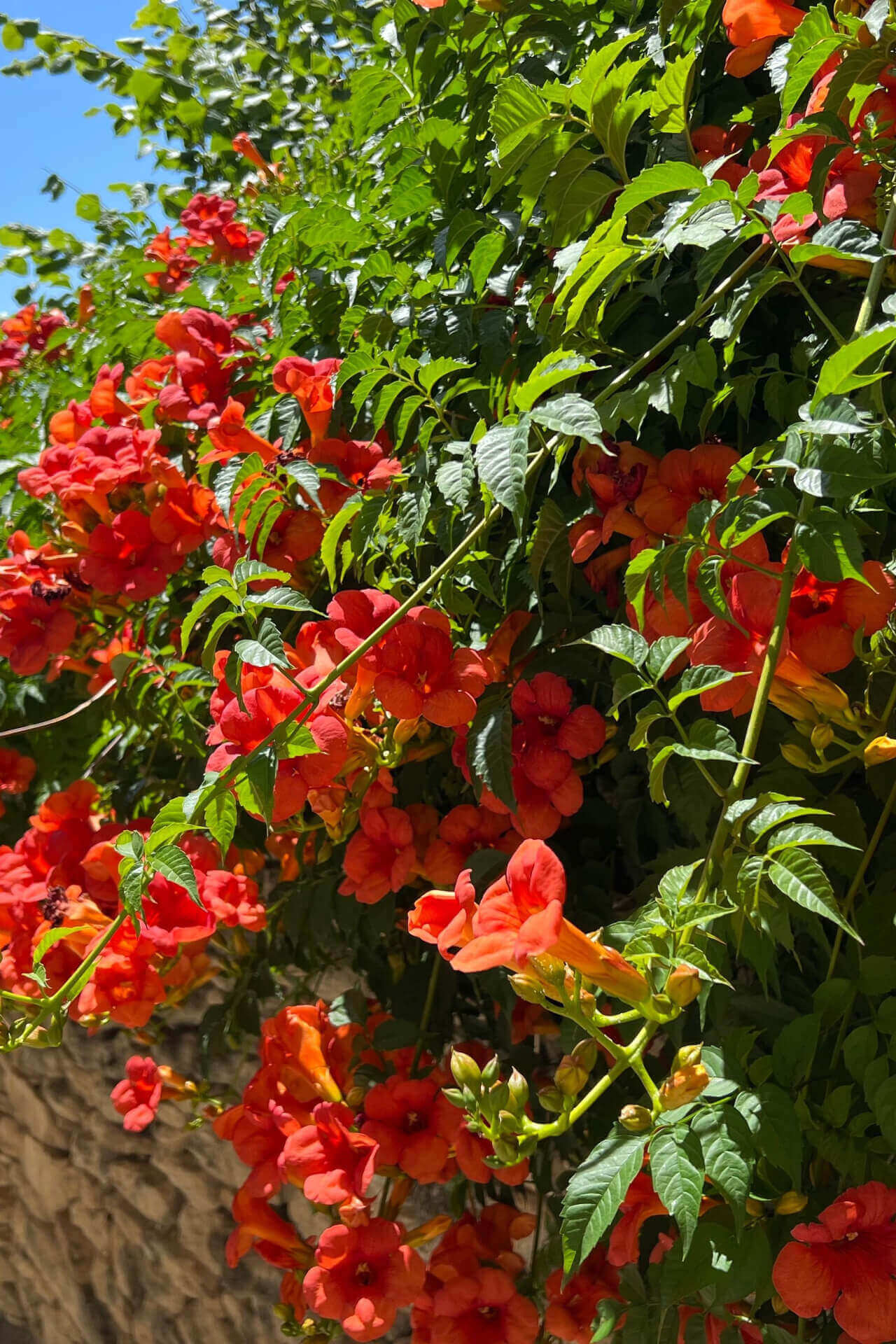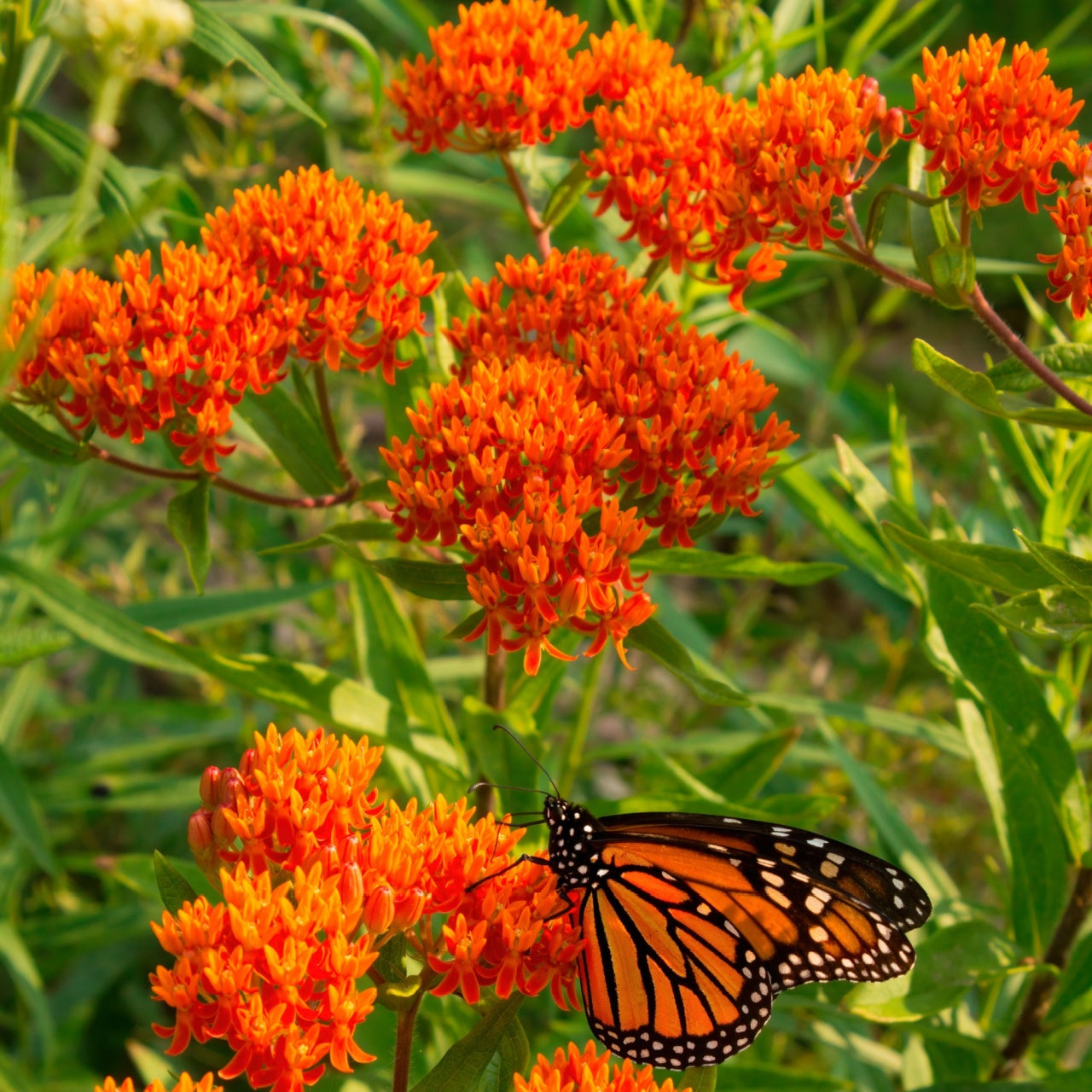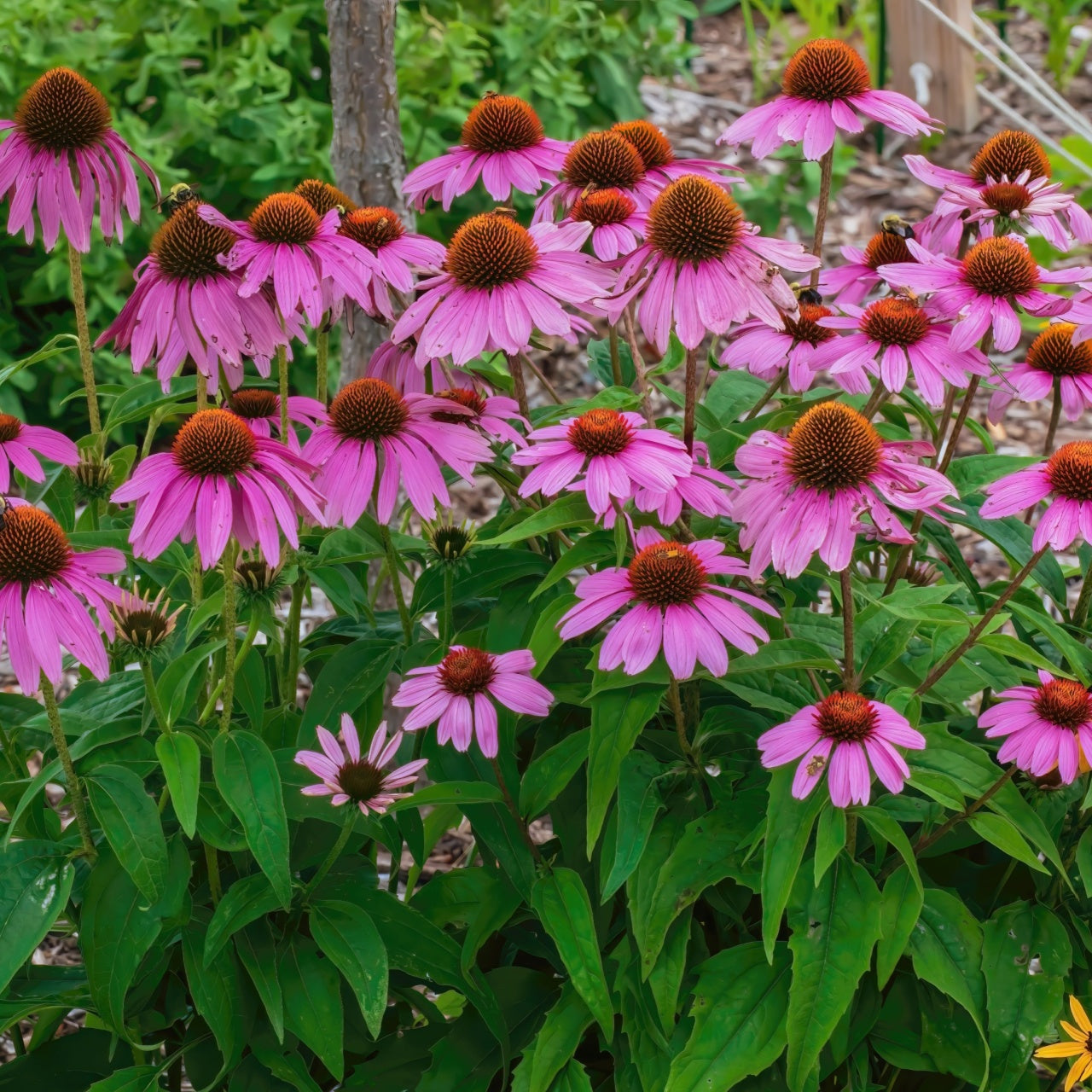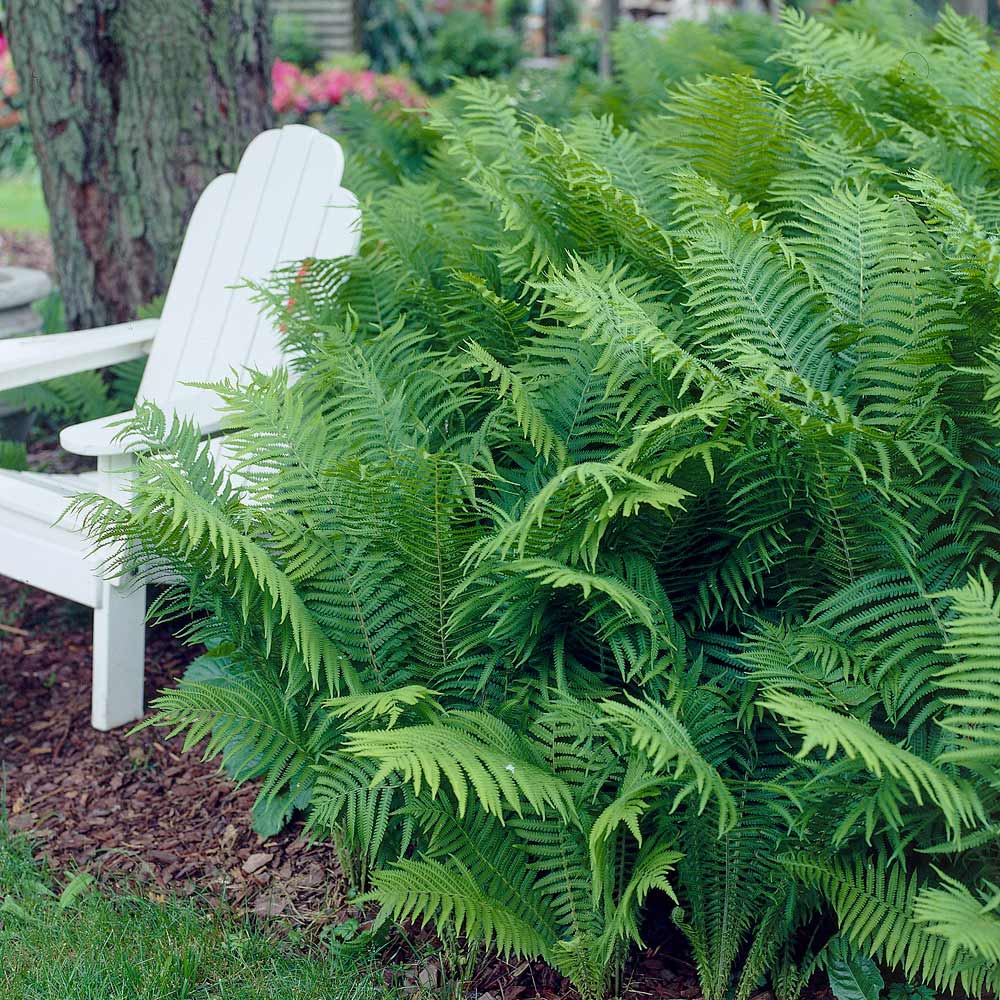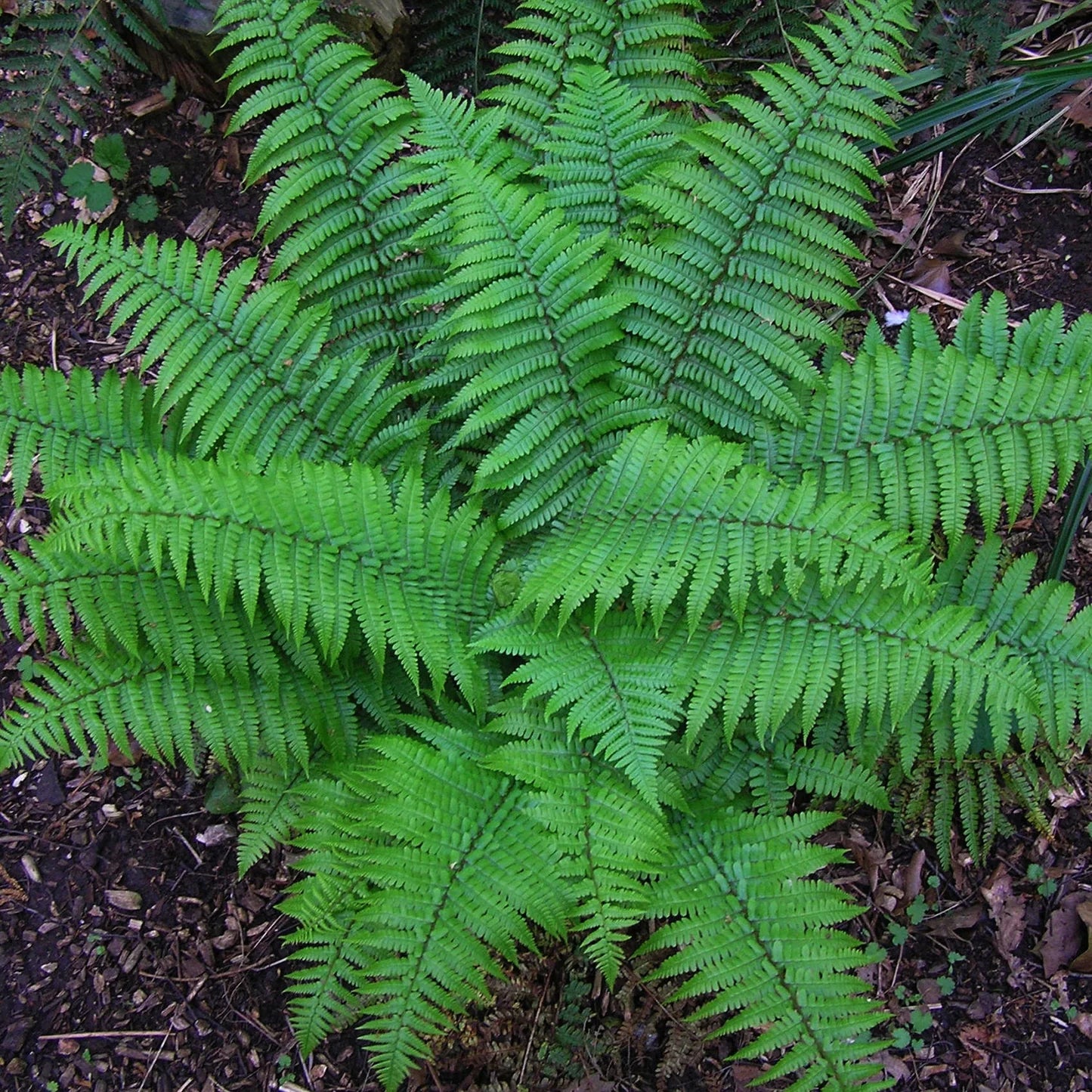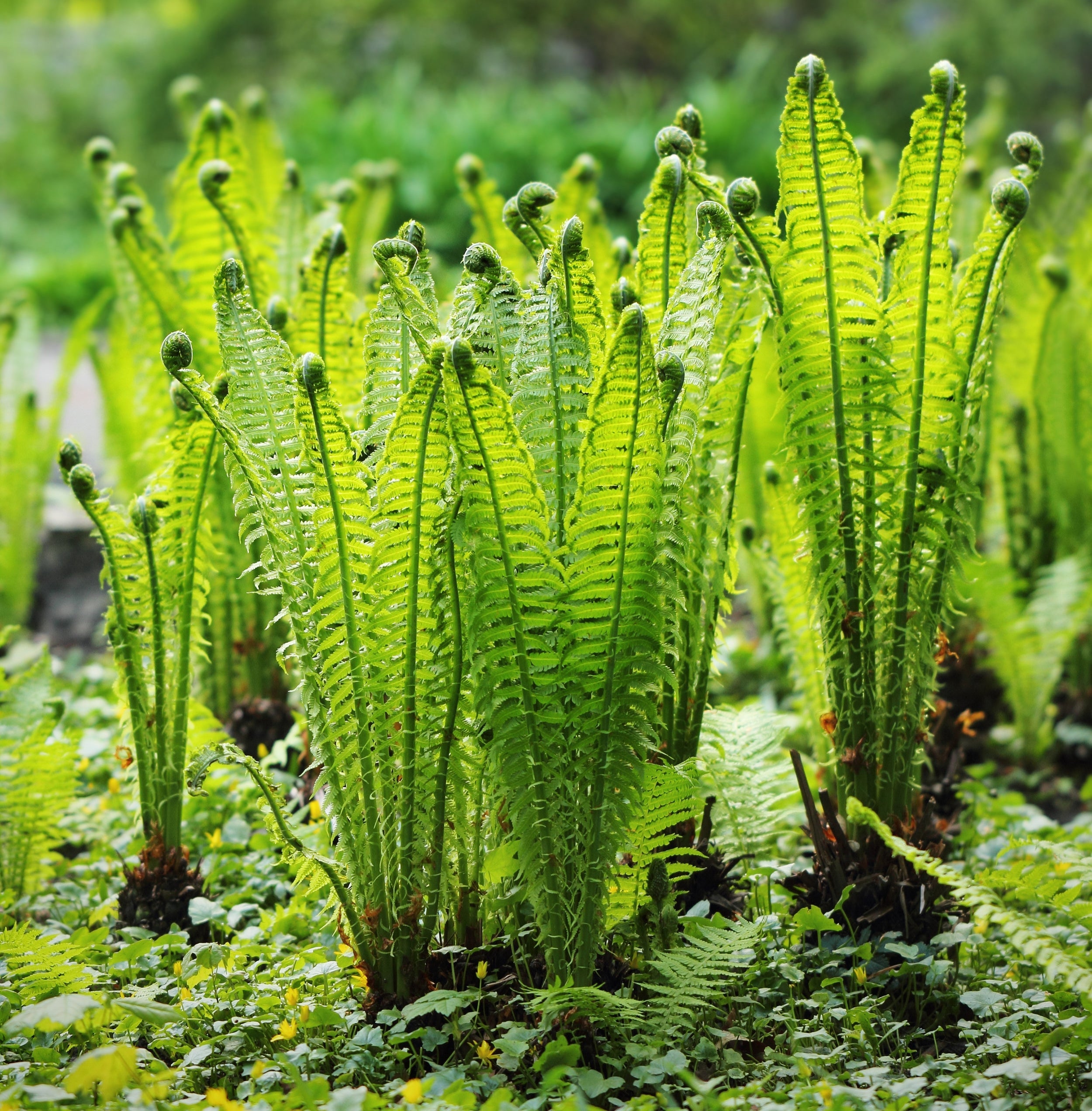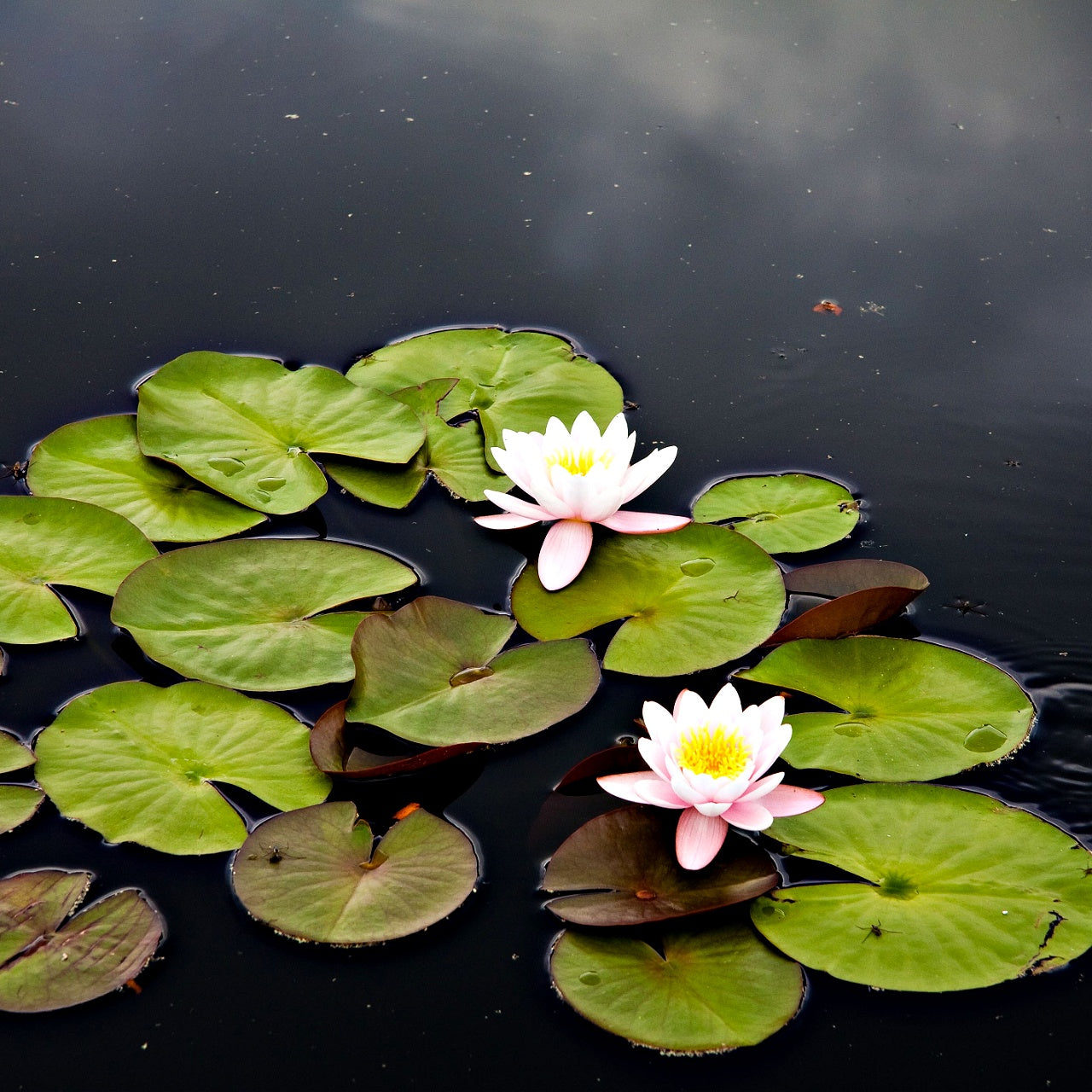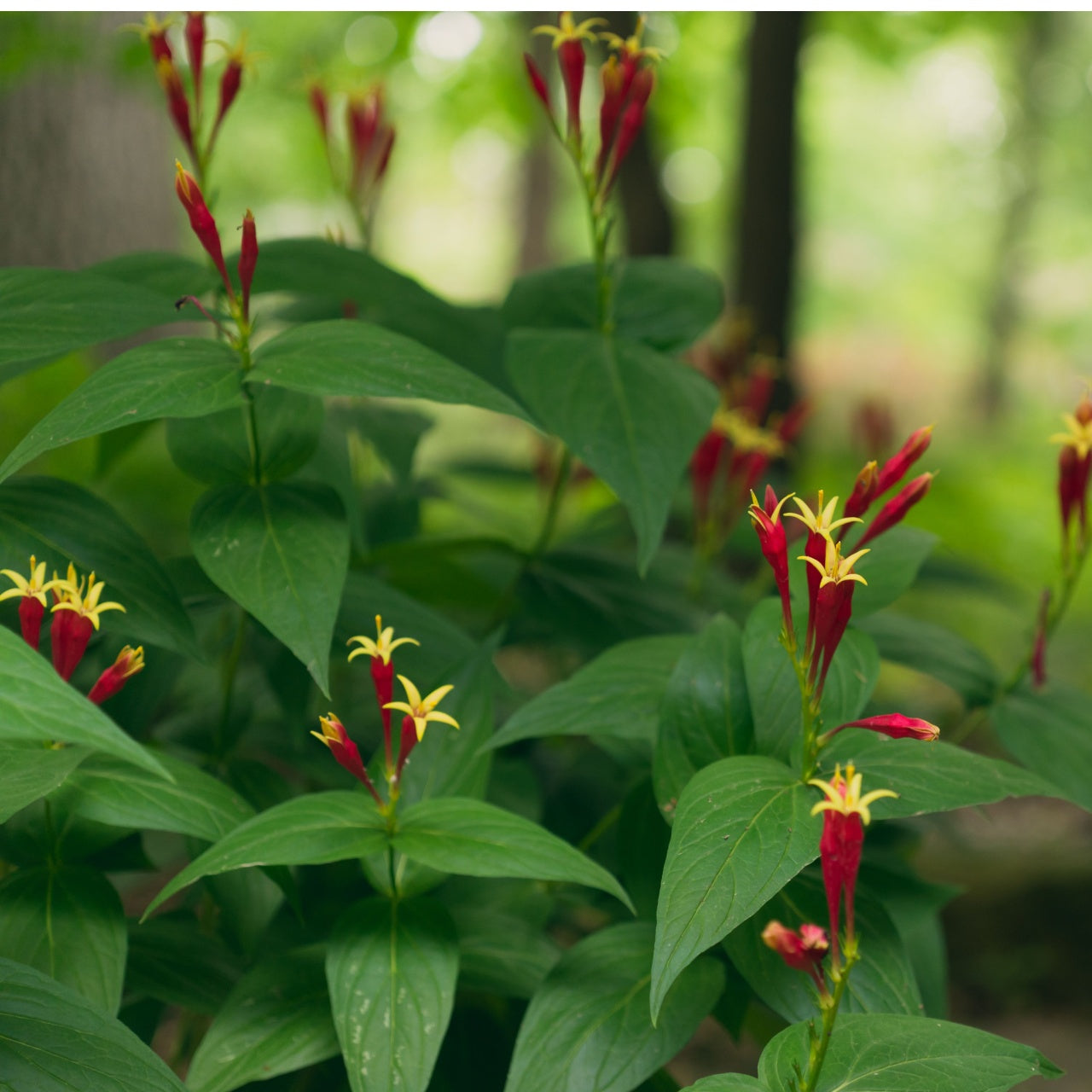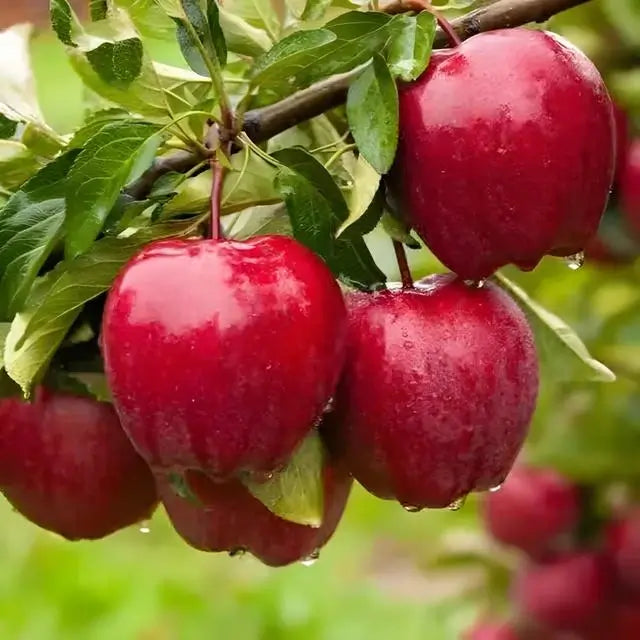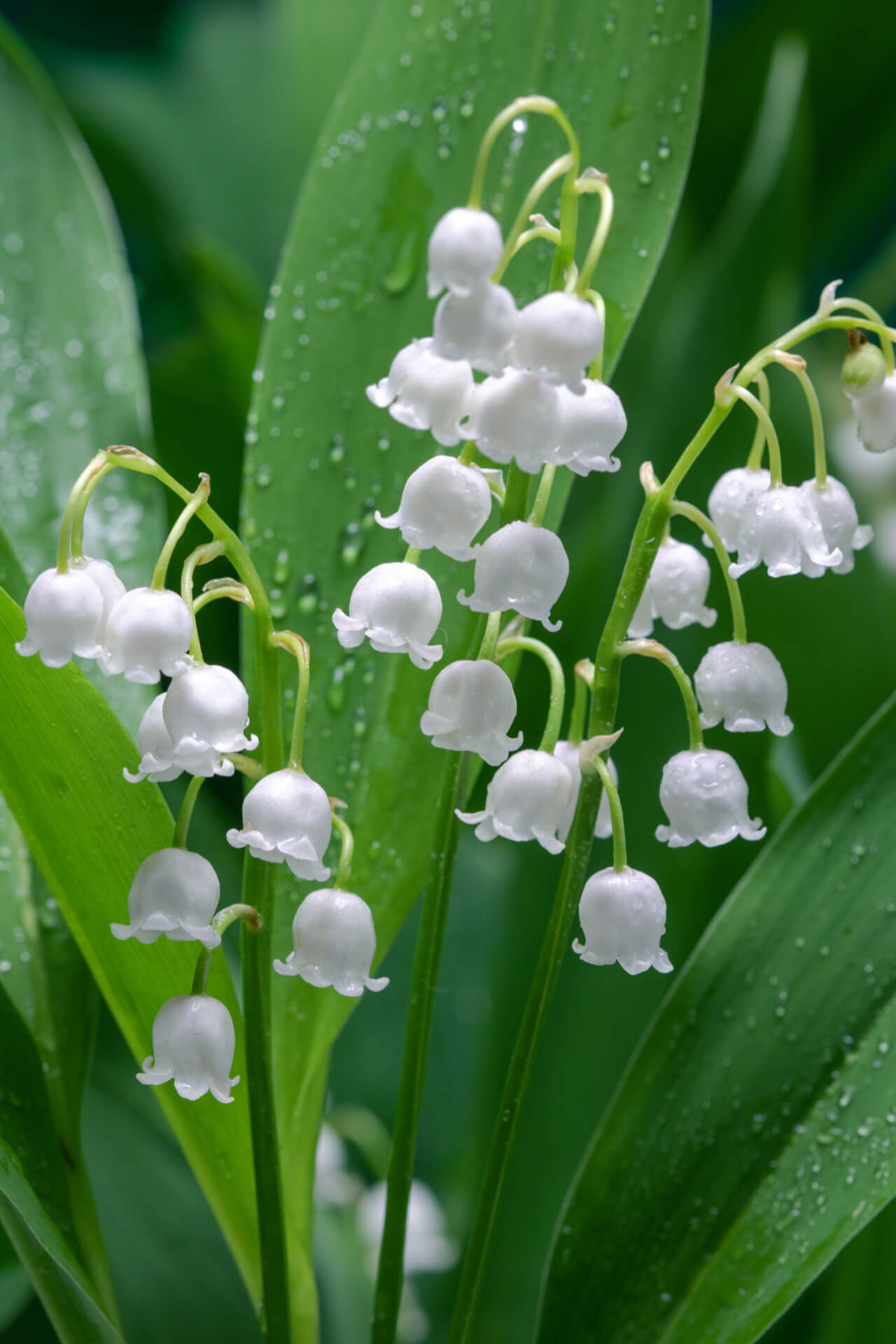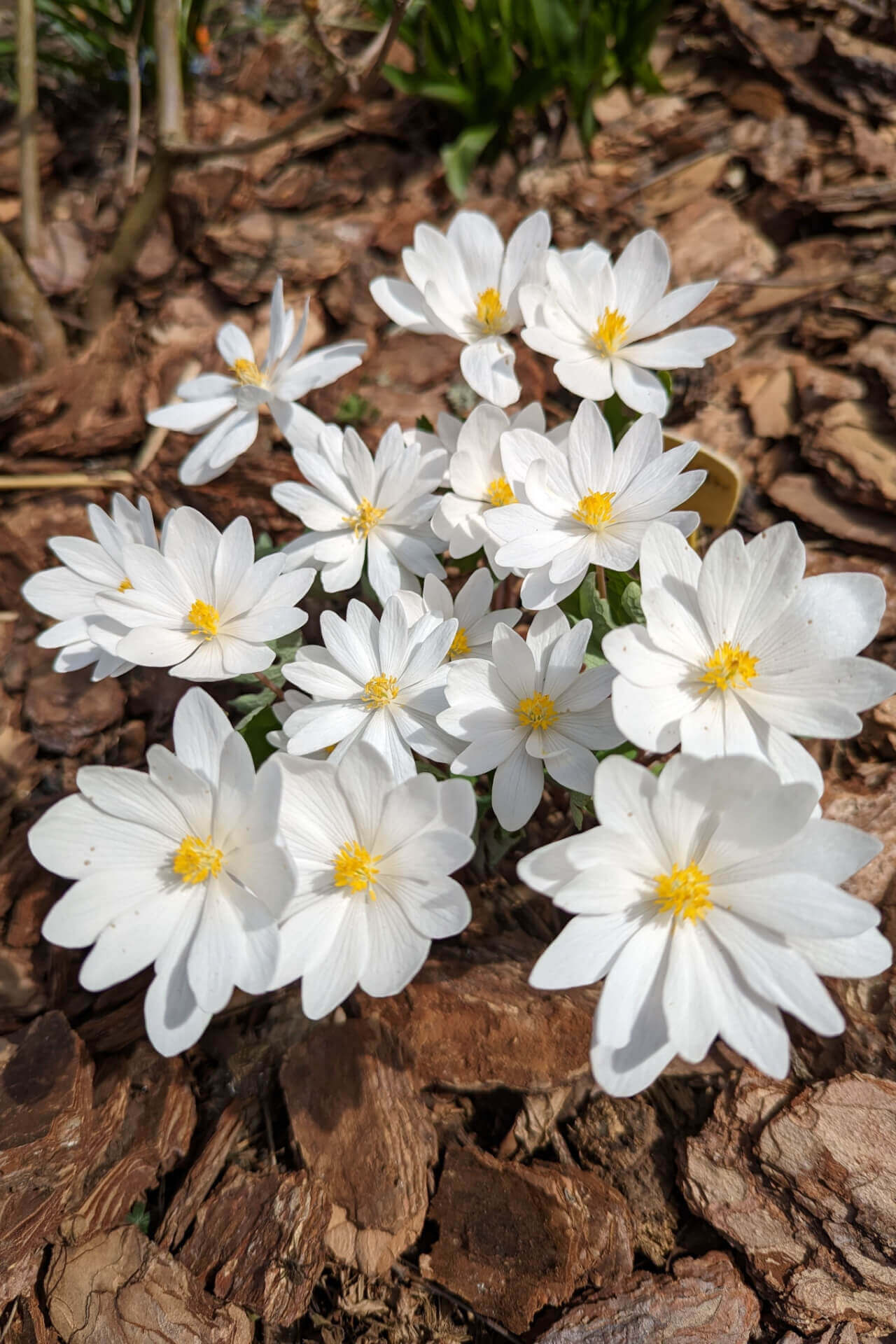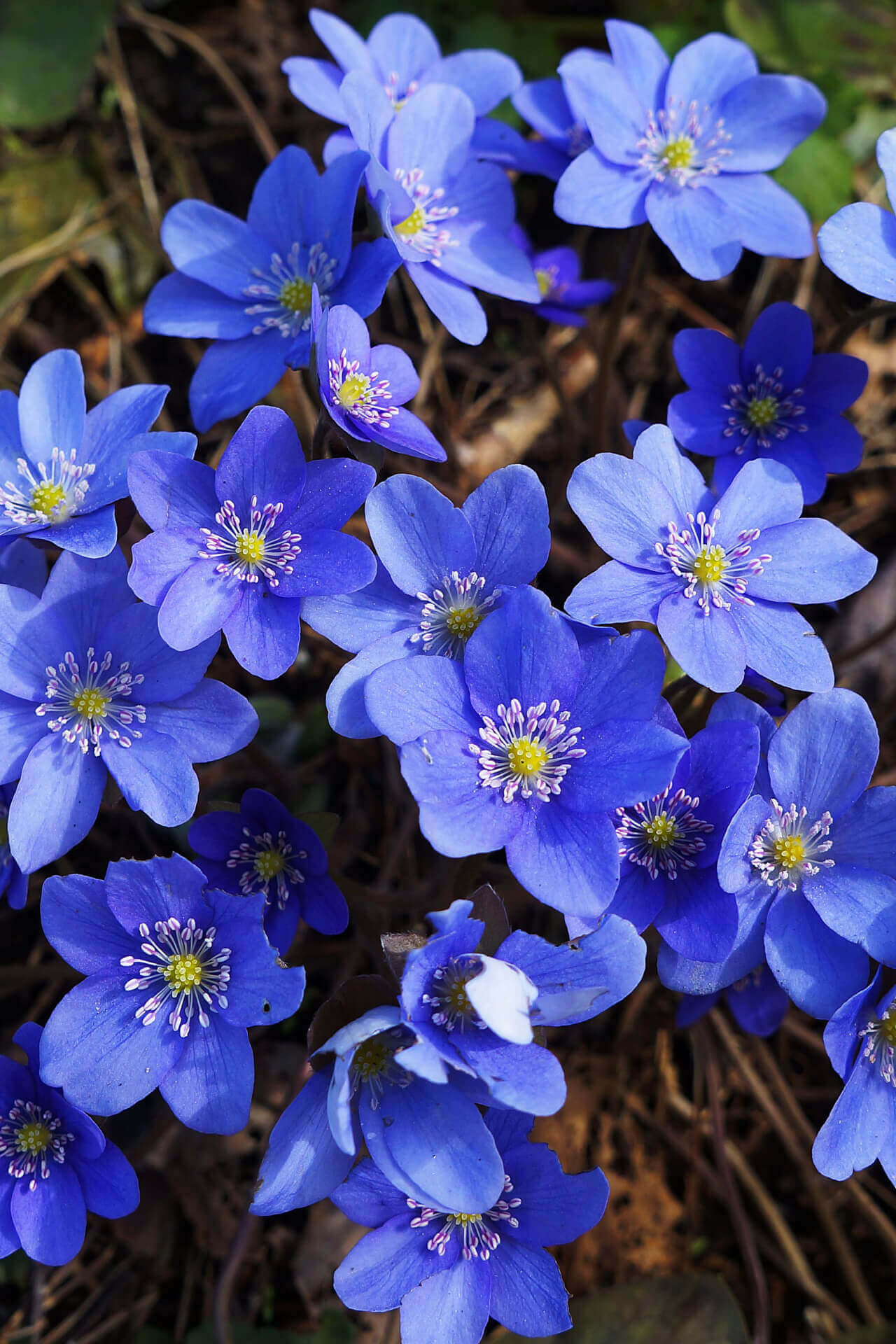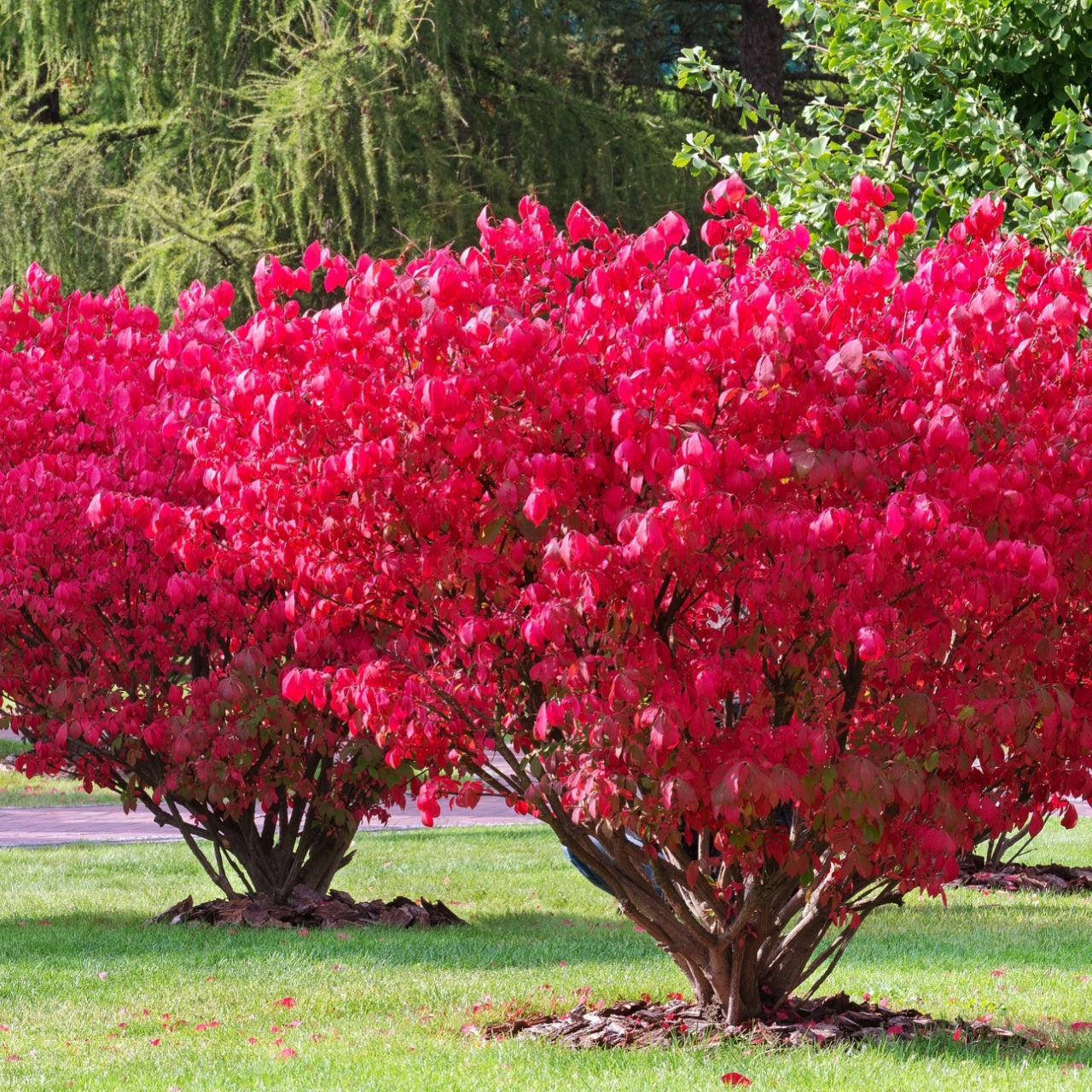Filters
Sort Best selling
-
Pawpaw Tree -
Milkweed Plant -
Trumpet Vine -
Butterfly Milkweed -
Virginia Bluebell -
Purple Coneflower -
Giant Ostrich Fern -
Cardinal Flower -
Red Maple Tree -
Christmas Ferns -
Peach Fruit Tree -
Redbud Tree -
Black Eyed Susan -
Fiddlehead Fern -
Water Lily -
Fire Pink Plant -
Apple Fruit Tree -
Lily Of The Valley -
Bloodroot Plant -
White Dogwood Tree -
Liverwort Plant -
Burning Bush -
Apricot Fruit Trees -
Mulberry Tree
Plants for Sale
When your shopping for plants for sale, you’re not just filling space—you’re shaping the feel of your home, yard, and quiet corner. That’s why the plants we offer aren’t chosen at random. Every item in this collection has a purpose, whether bringing color to a bare spot, offering shade where needed, or giving pollinators a reason to linger.
Carefully Grown, Ready to Thrive
Our plants are grown slowly, the right way, in natural conditions. We sell hardy selections that know how to handle real weather, not just greenhouse comfort. From flowering perennials to fruit-bearing shrubs, shade trees to climbing vines, you’ll find plants that arrive strong and stay rooted. These varieties come back year after year, often growing better with age.
A Few Favorites From Our Collection:
-
Perennials
-
Dependable, colorful, and made to last.
-
Trees
-
From fast-growing shade trees to graceful ornamentals.
-
Shrubs
-
Privacy, structure, and seasonal beauty in one package.
-
Groundcovers
-
Natural solutions for coverage and erosion control.
-
Edibles
-
Grow your own berries, herbs, or fruit trees with ease.
Why So Many Gardeners Return to TN Nursery
We’ve been at this a long time. Our plants are dug fresh, shipped bare root, and handled with care from digging to shipping. We don’t believe in overpromising—we believe in healthy plants, real soil, and the quality you can see for yourself once they arrive. Whether you’re planting a backyard, a front bed, or an entire field, we’re here to make sure what you plant is worth the effort.


